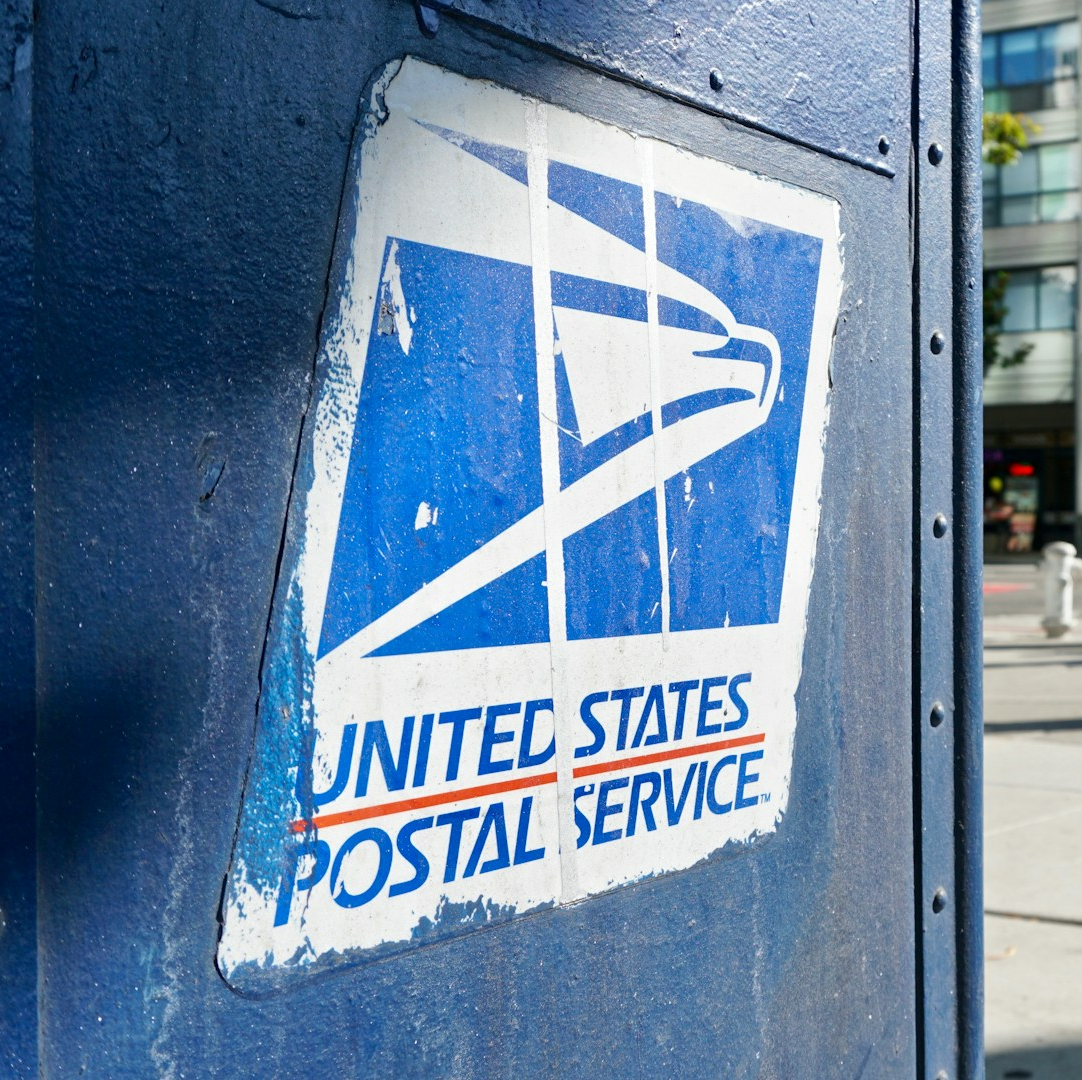Key Takeaways
- Setting up a custodial Roth IRA for kids can provide a head start on retirement savings and financial literacy.
- This guide covers the benefits, eligibility requirements, contribution rules, and steps to set up a custodial Roth IRA for children.
Let’s Have a Look at Roth IRA for Kids: Setting Up a Custodial Roth IRA
Introducing children to the concept of saving for retirement early on can set the stage for a lifetime of financial security. One effective way to do this is by setting up a custodial Roth IRA. This guide explores the benefits of custodial Roth IRAs, eligibility requirements, contribution rules, steps to set up an account, management best practices, and how to use it as a tool to teach financial literacy.
The Advantages of a Custodial Roth IRA for Children
- Also Read: The Best FEHB Plans for 2025: Which One Fits Your Lifestyle and Budget the Best?
- Also Read: Special Retirement Options for FAA and LEO Employees: Are You Taking Advantage of What’s Available?
- Also Read: Federal Employee Benefits You Didn’t Know Could Give Your Wallet a Serious Boost in Retirement
1. Early Start on Retirement Savings: The earlier a child starts saving, the more time their investments have to grow. The power of compounding interest can significantly increase the value of their retirement savings over several decades.
2. Tax-Free Growth: Contributions to a Roth IRA are made with after-tax dollars, meaning that the investments grow tax-free. Qualified withdrawals in retirement are also tax-free, maximizing the value of the savings.
3. Financial Literacy: Setting up a custodial Roth IRA can be an excellent educational tool. It provides an opportunity to teach children about money management, investing, and the importance of saving for the future.
4. Flexibility: While the primary purpose of a Roth IRA is to save for retirement, the account can also be used for other qualified expenses, such as education or a first-time home purchase. This flexibility makes it a versatile financial tool.
Who is Eligible to Contribute to a Custodial Roth IRA?
Understanding the eligibility requirements is crucial when setting up a custodial Roth IRA for a child.
1. Earned Income Requirement: To contribute to a Roth IRA, the child must have earned income. This income can come from various sources, such as a part-time job, babysitting, lawn mowing, or even working in a family business. The contributions to the Roth IRA cannot exceed the child’s earned income for the year.
2. Age Restrictions: There are no age restrictions for contributing to a Roth IRA. As long as the child has earned income, they can contribute to the account. This means that even young children can benefit from the power of compound interest over many years.
3. Contribution Limits: For 2024, the contribution limit for a Roth IRA is $6,500 or the total amount of earned income for the year, whichever is less. This limit applies to both adults and children, ensuring that contributions are consistent regardless of age.
Contribution Guidelines: Limits and Regulations
It’s important to understand the specific rules and guidelines for contributing to a custodial Roth IRA to ensure compliance and maximize benefits.
1. Maximum Contribution: As mentioned, the maximum contribution to a Roth IRA for 2024 is $6,500. This limit is per individual, not per account, meaning a child can have multiple Roth IRA accounts but the total contributions across all accounts cannot exceed the annual limit.
2. Parental Contributions: Parents or guardians can make contributions to the custodial Roth IRA on behalf of the child, provided the contributions do not exceed the child’s earned income. This can be a great way to encourage saving and provide financial support.
3. Documentation of Earned Income: It is essential to keep thorough records of the child’s earned income to justify the contributions. This documentation can include pay stubs, invoices for services rendered, or other forms of proof of income.
4. Early Withdrawal Rules: While contributions to a Roth IRA can be withdrawn at any time without taxes or penalties, earnings withdrawn before age 59½ and before the account has been open for five years may be subject to taxes and a 10% penalty unless used for a qualified expense.
How to Establish a Custodial Roth IRA
Setting up a custodial Roth IRA involves several steps, but it is a straightforward process with lasting benefits.
1. Choose a Custodian: The first step is to choose a financial institution to act as the custodian for the Roth IRA. This can be a bank, brokerage firm, or other financial institution that offers custodial Roth IRAs.
2. Open the Account: The parent or guardian will need to open the custodial Roth IRA on behalf of the child. This typically involves completing an application form and providing the child’s Social Security number and other relevant information.
3. Fund the Account: Once the account is open, you can begin making contributions. Remember that contributions cannot exceed the child’s earned income for the year and must adhere to the annual contribution limit.
4. Choose Investments: Decide how to invest the funds within the Roth IRA. This can include stocks, bonds, mutual funds, ETFs, and other investment options. Diversifying the investments can help manage risk and maximize returns.
Effective Management of a Custodial Roth IRA
Managing a custodial Roth IRA effectively is key to maximizing its benefits and ensuring it grows over time.
1. Regular Contributions: Encourage consistent contributions to the Roth IRA. Even small, regular contributions can grow significantly over time due to compound interest.
2. Monitor Investments: Regularly review the investment portfolio and make adjustments as needed. This includes rebalancing the portfolio to maintain the desired asset allocation and ensuring the investments align with the child’s long-term goals.
3. Stay Informed: Keep up-to-date with changes in tax laws and contribution limits that may affect the Roth IRA. Staying informed ensures compliance with IRS regulations and helps maximize the benefits of the account.
4. Educate the Child: Involve the child in managing their Roth IRA. Teaching them about investments, compound interest, and the importance of saving can foster financial literacy and responsibility.
Promoting Financial Literacy with a Custodial Roth IRA
Using a custodial Roth IRA as a tool to teach financial literacy can have a lasting impact on a child’s financial future.
1. Teaching the Basics: Start with the basics of money management, such as the importance of saving, budgeting, and the difference between wants and needs. Understanding these concepts is fundamental to building good financial habits.
2. Explaining Investments: Introduce the child to basic investment concepts, including stocks, bonds, mutual funds, and diversification. Use the Roth IRA as a practical example to explain how investments grow over time and the benefits of compound interest.
3. Setting Goals: Help the child set financial goals, whether it’s saving for college, a first car, or long-term retirement savings. Setting goals can make saving and investing more tangible and motivate the child to contribute regularly.
4. Encouraging Responsibility: As the child grows older, gradually transfer more responsibility for managing the Roth IRA to them. This can include making investment decisions, tracking contributions, and understanding tax implications. Encouraging responsibility helps build confidence and independence in managing finances.
Conclusion
A custodial Roth IRA is a powerful tool that can provide children with a head start on retirement savings and teach valuable financial literacy skills. By understanding the benefits, eligibility requirements, contribution rules, and steps to set up and manage a custodial Roth IRA, parents can help their children build a strong financial foundation. Encouraging regular contributions, monitoring investments, and promoting financial education can ensure that the custodial Roth IRA grows effectively and supports the child’s long-term financial goals. With careful planning and guidance, a custodial Roth IRA can be a lasting gift that benefits children well into their future.













